As we age, understanding our bone health becomes increasingly important. Bones provide structural support, protect our organs, and store vital minerals like calcium. However, many people are unaware of their bone density until it’s too late, resulting in conditions such as osteoporosis or fractures. One of the most advanced tools available today to measure bone density and ensure long-term health is the Dexa Scan. This article dives deep into how the Dexa scan works, its benefits, and why it’s essential for monitoring bone health.
What is a Dexa Scan?
A Dual-Energy X-ray Absorptiometry (Dexa) scan is a medical imaging test that measures bone mineral density (BMD). By using low levels of X-rays, this non-invasive scan determines how much calcium and other minerals are present in a section of bone, typically the spine, hip, or wrist. The Dexa scan is considered the gold standard in diagnosing osteoporosis and assessing fracture risk.
Why Bone Density Matters
Bone density refers to the amount of bone tissue in a certain volume of bone. Low bone density can lead to weak bones, increasing the likelihood of fractures. As we age, our bones naturally lose density, but in some cases, the loss is more rapid, leading to conditions such as osteoporosis. Regular bone density checks, especially for people over 50, can be lifesaving in catching early signs of bone weakness.
How Does a Dexa Scan Work?
During a Dexa scan, the patient lies on a table while the machine passes over their body, emitting two X-ray beams at different energy levels. These beams measure the density of bones in targeted areas. The machine calculates the amount of X-rays absorbed by bones, which helps in determining bone density. The process is painless and typically takes about 10 to 30 minutes.
What to Expect During the Procedure
- Preparation: No special preparation is needed before a Dexa scan, although patients should avoid taking calcium supplements for 24 hours before the exam.
- Clothing: Patients are usually advised to wear loose-fitting clothing and may be asked to remove any metal objects like belts or jewelry.
- The Scan: The patient will lie still on a padded table while the Dexa machine moves over the body. The scan is quick, non-invasive, and requires no recovery time.
The Importance of Dexa Scans in Bone Health
Early Detection of Osteoporosis
Osteoporosis is a condition characterized by weakened bones and an increased risk of fractures. It often progresses silently and may not be detected until a fracture occurs. A Dexa scan provides an early diagnosis, allowing individuals to take preventative measures, such as lifestyle changes or medication, to prevent further bone loss.
Personalized Treatment Plans
With the data from a Dexa scan, healthcare providers can develop tailored treatment plans for patients. Whether it’s recommending specific medications, calcium or vitamin D supplements, or lifestyle changes like diet and exercise, knowing your bone density is crucial in preventing fractures and maintaining overall bone health.
Monitoring Bone Loss
For individuals already diagnosed with osteoporosis or osteopenia (low bone mass), a Dexa scan can help track the progression of bone loss. Routine scans are usually performed every one to two years to assess the effectiveness of treatments and make necessary adjustments.
Who Should Consider a Dexa Scan?
While anyone can benefit from knowing their bone density, certain groups are at higher risk for bone loss and fractures. A Dexa scan is recommended for:
- Women over 65 and men over 70: As bone density decreases with age, older adults are at greater risk of osteoporosis.
- Postmenopausal women: The drop in estrogen levels after menopause can accelerate bone loss.
- People with a history of fractures: Previous fractures, especially after the age of 50, are a warning sign of poor bone health.
- Individuals with a family history of osteoporosis: Genetics play a role in bone health, so if your family has a history of osteoporosis, it’s a good idea to get tested.
- People with certain medical conditions: Conditions like rheumatoid arthritis, chronic kidney disease, or thyroid disorders can contribute to bone loss.
- Long-term steroid users: Steroid medications, when used over time, can weaken bones.
Benefits of Dexa Scans
- Accuracy and Reliability: Dexa scans are highly accurate and provide precise measurements of bone density.
- Low Radiation Exposure: The amount of radiation used in a Dexa scan is minimal, equivalent to the natural background radiation one would experience in a day.
- Painless and Non-Invasive: Unlike some medical procedures, the Dexa scan is completely non-invasive and pain-free.
- Quick Results: The scan itself is quick, and the results are usually available within a few days.
Conclusion: Taking Control of Your Bone Health
A Dexa scan is one of the most effective tools for detecting bone loss and preventing osteoporosis. Whether you’re looking to take preventative action or monitor an existing condition, this scan provides valuable insights into your bone health. By understanding your bone density, you can work with your healthcare provider to develop a personalized plan that helps maintain strong, healthy bones throughout your life.
FAQs About Dexa Scans
Q1: How often should I get a Dexa scan?
A: It depends on your individual risk factors. Generally, people over 65 or postmenopausal women should get a Dexa scan every two years. However, your doctor may recommend more frequent scans if you have certain risk factors like a history of fractures or long-term steroid use.
Q2: Is the radiation from a Dexa scan harmful?
A: No. The amount of radiation exposure from a Dexa scan is very low, about one-tenth of the dose used in a standard chest X-ray. It’s equivalent to the natural radiation exposure you receive from your environment in a single day.
Q3: Can a Dexa scan detect other conditions besides osteoporosis?
A: Yes. While Dexa scans are primarily used to assess bone density, they can also provide valuable information about body composition, including fat and muscle mass, which can be useful for athletes and individuals managing their weight.
Q4: Will my insurance cover the cost of a Dexa scan?
A: Most health insurance plans, including Medicare, cover Dexa scans for individuals at risk for osteoporosis. It’s best to check with your insurance provider to confirm coverage.
Q5: Can I improve my bone density if I have low results on a Dexa scan?
A: Yes, you can take steps to improve bone density through diet, exercise, and medication. Weight-bearing exercises, a diet rich in calcium and vitamin D, and medications like bisphosphonates are commonly recommended for improving bone health.


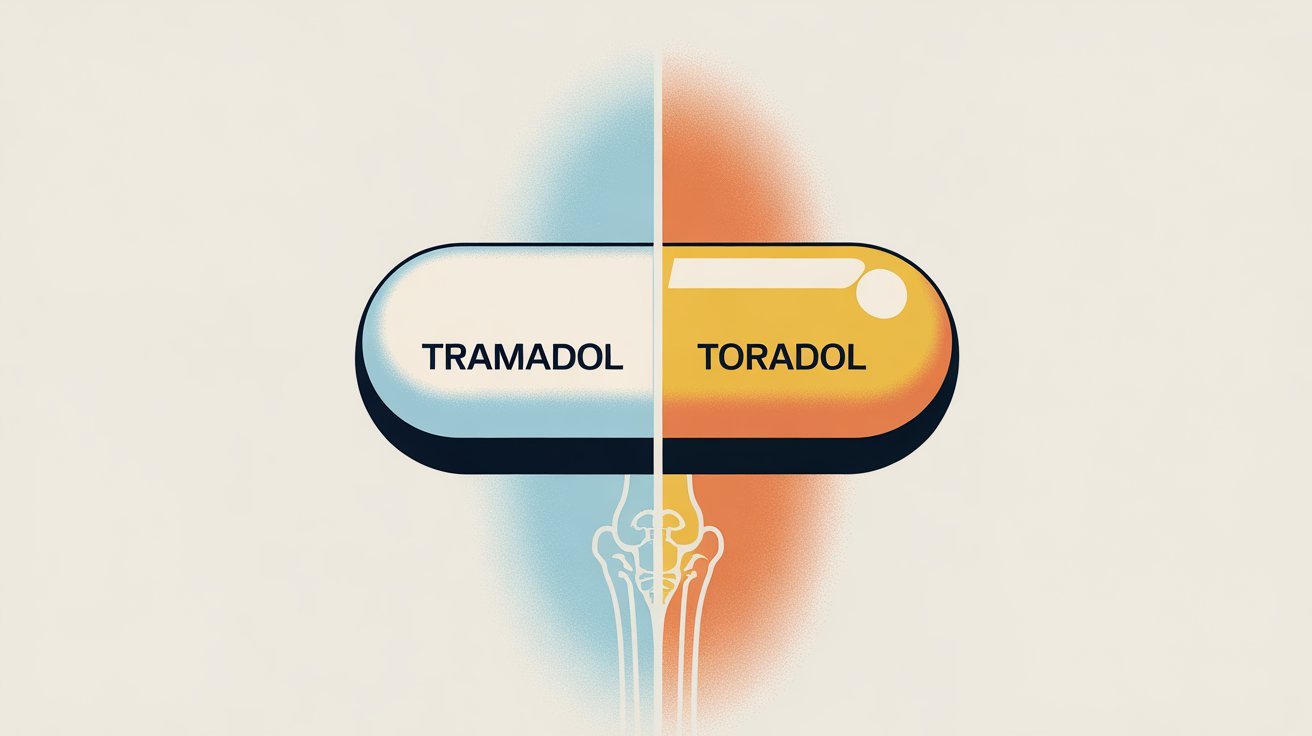


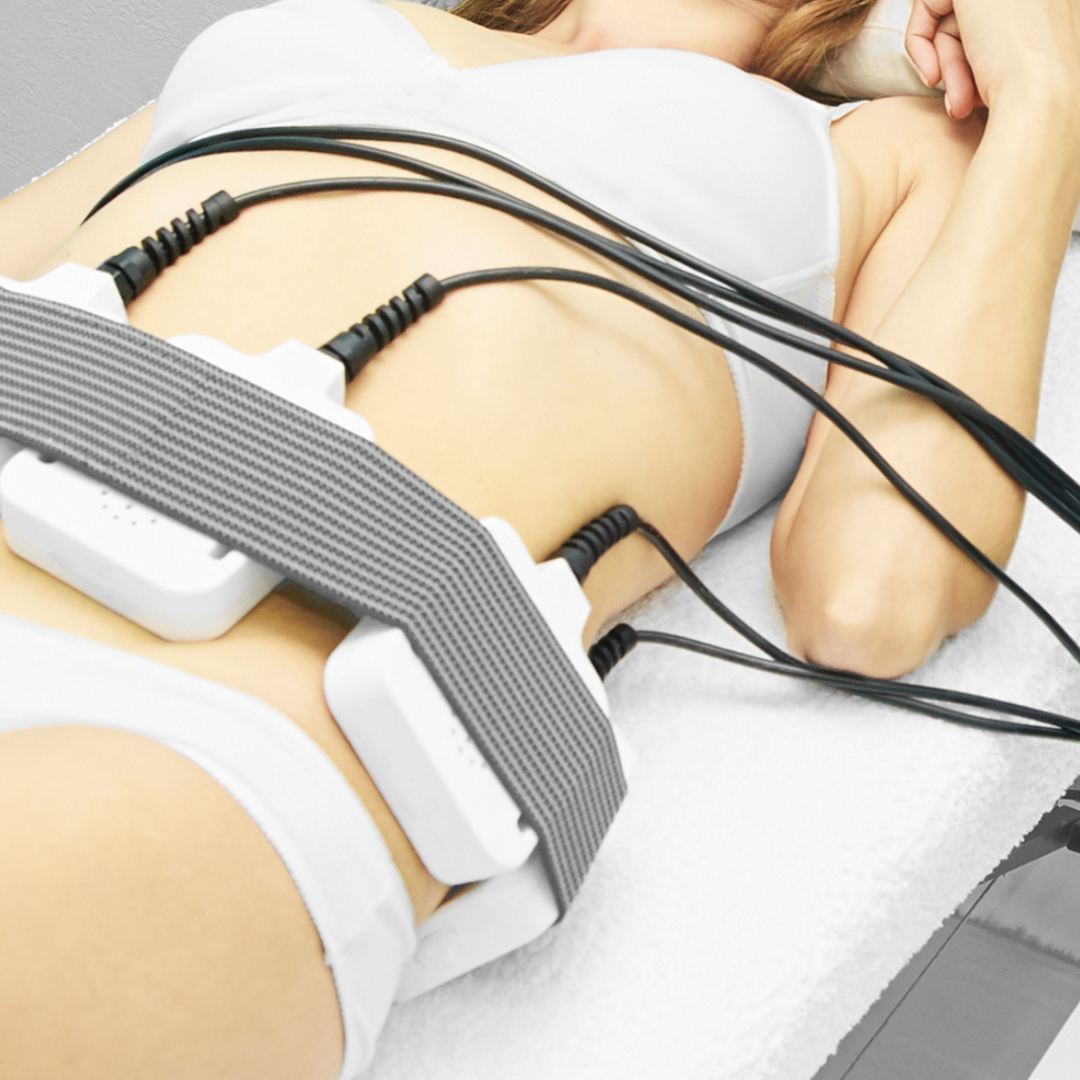

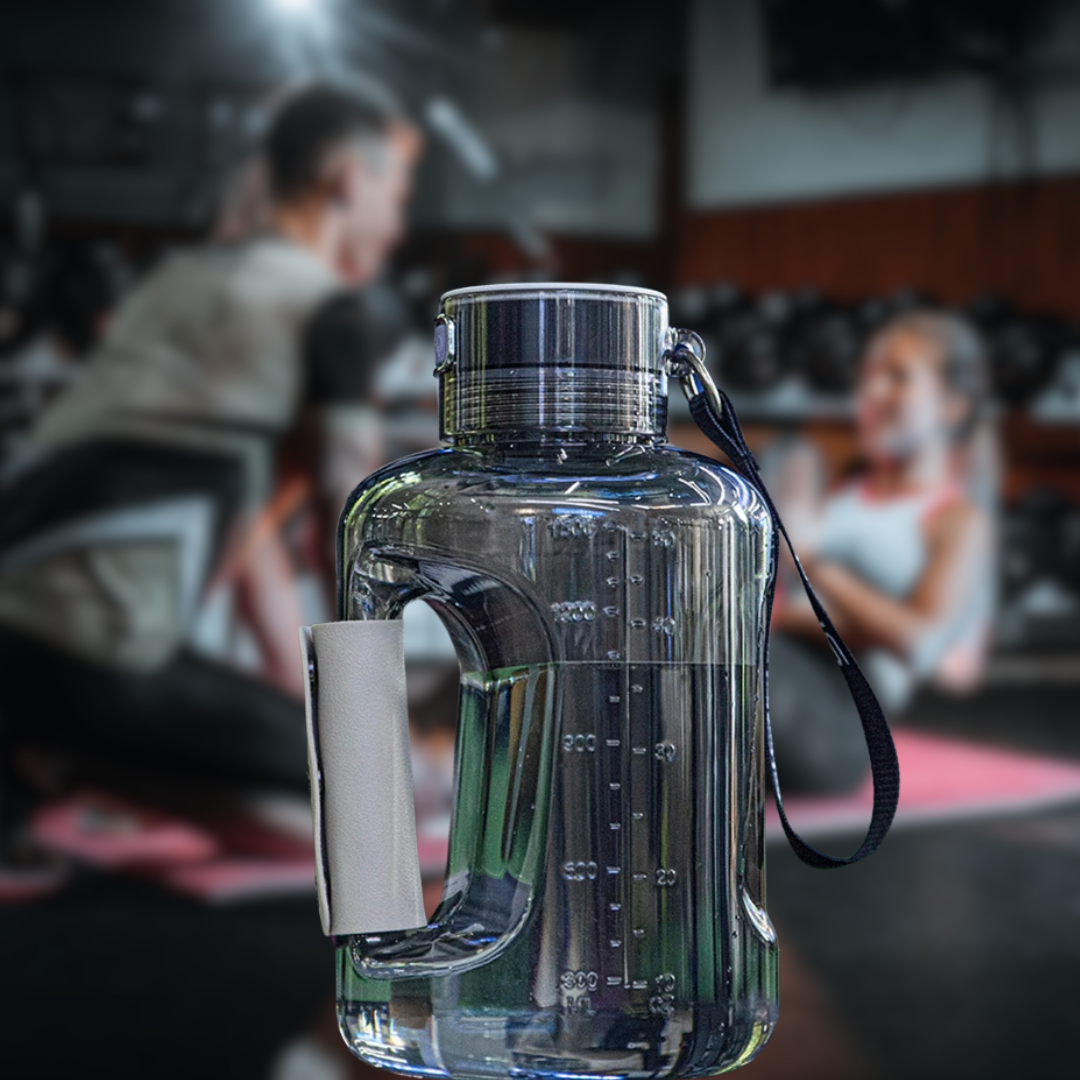
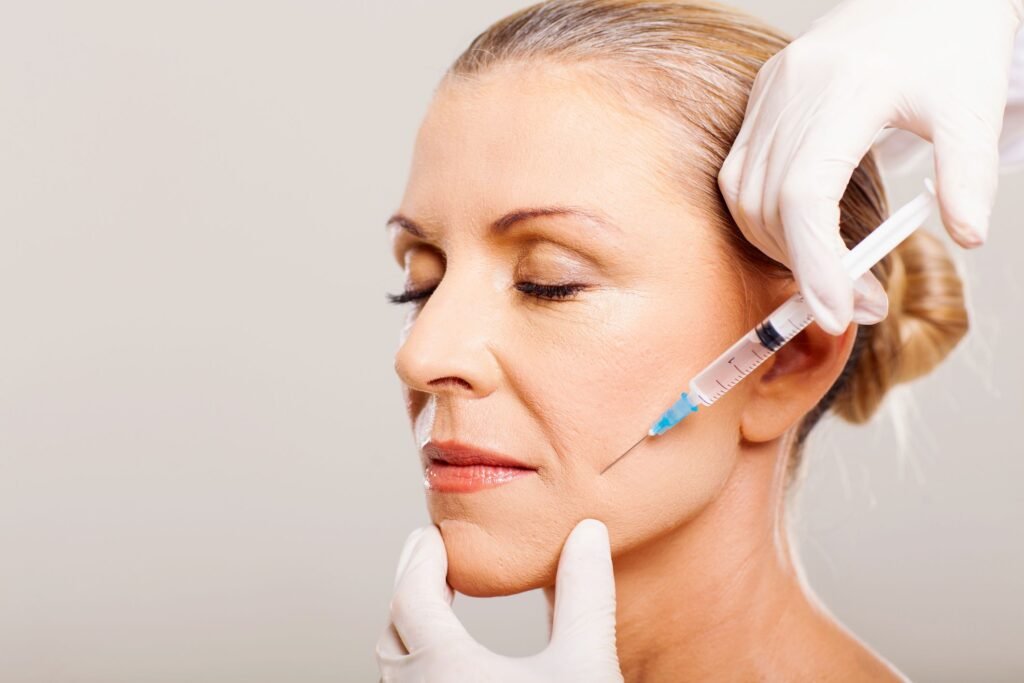


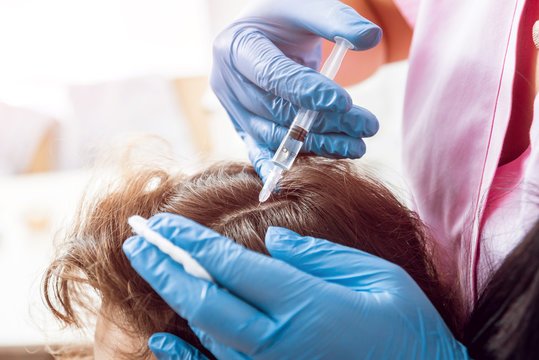

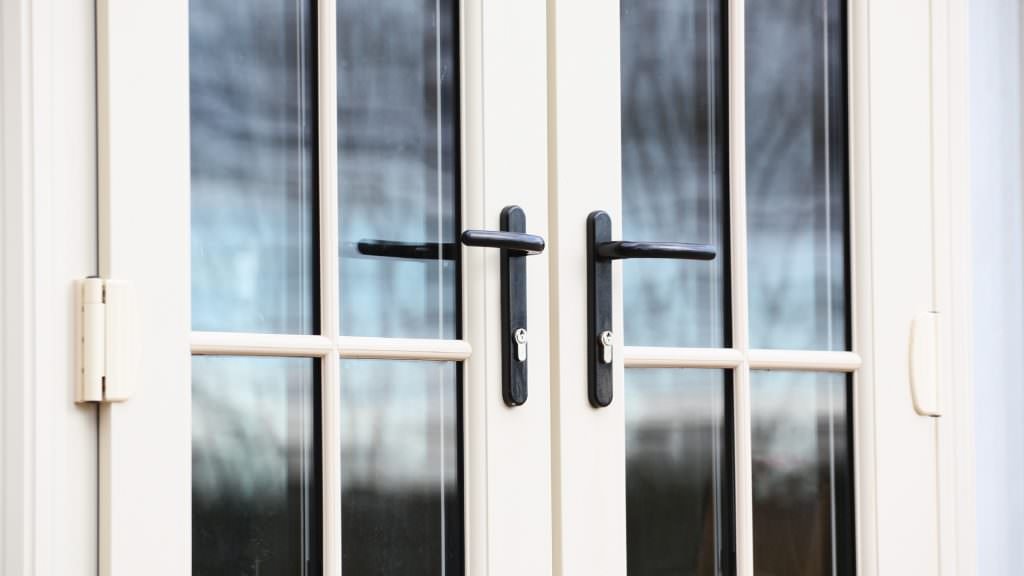


Leave a Reply